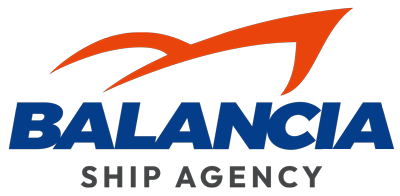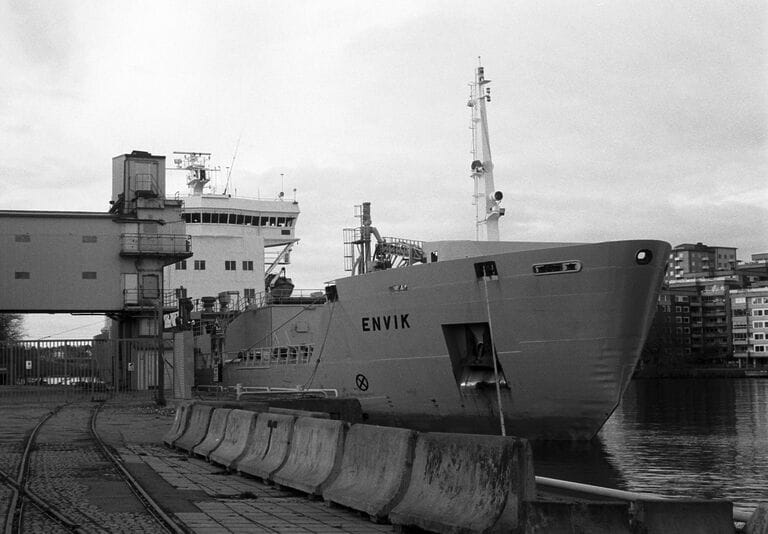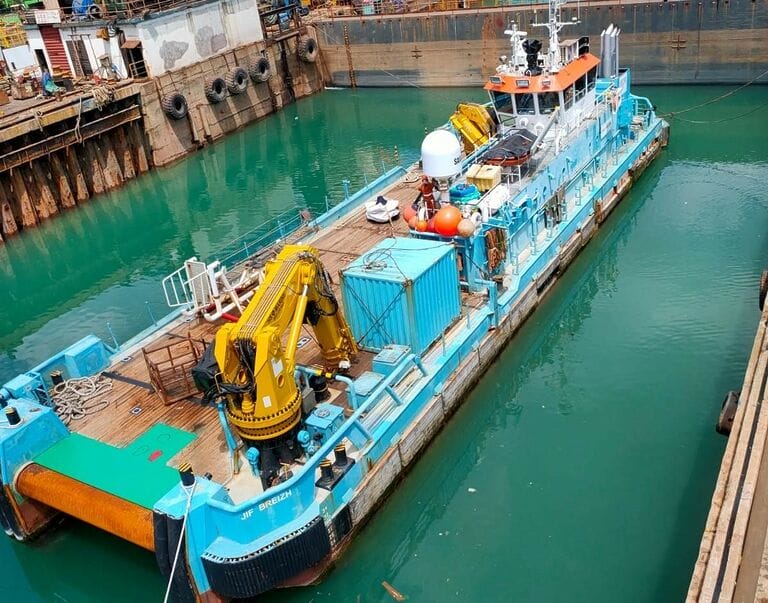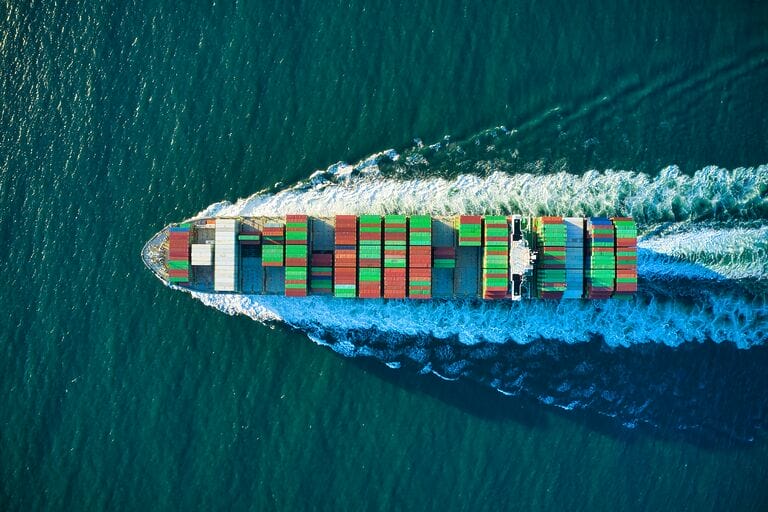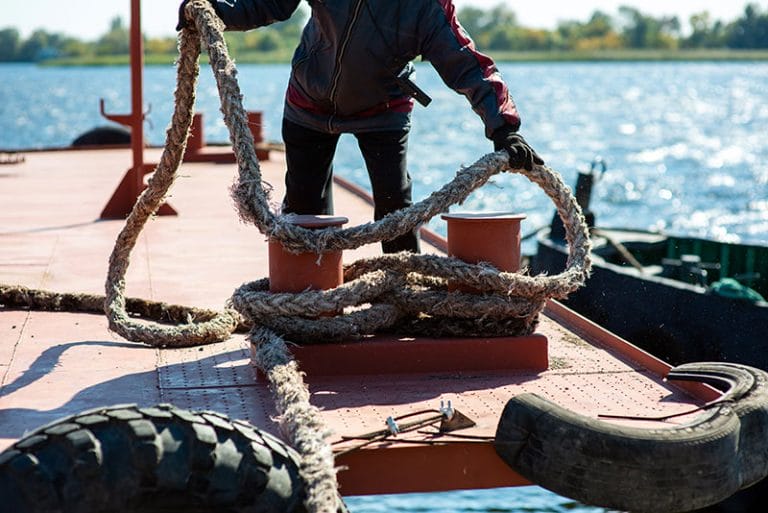How is the Internet on Ships Provided?
A vacation on a ship or cruise is often seen as an opportunity to disconnect from the constant technological buzz of daily life. It’s a chance to leave behind phones, emails, and other connections to the outside world and simply enjoy quality time with loved ones. However, in reality, completely severing ties with the world is challenging, even for a short period of time.
There are work responsibilities and deadlines that need attention. Let’s face it, vacations eventually come to an end, and returning to a pile of unfinished work is far from ideal. Sometimes, it’s not even a vacation at all. In short, people have come to realize that ships can’t survive without internet access and connection to the outside world.Internet access on ships differs from land-based connections mainly because you’re not on land. You’re surrounded by vast oceans or seas, with no towers or cables readily available to provide easy maritime internet access. However, despite these challenges, internet access on ships has become a reality.
The most common way to provide internet on ships is through satellite connections. By installing the necessary hardware on the ship, a direct connection with satellite services can be established, allowing onboard users to access the internet. The cost of installation for ship-wide internet can be around $600, with additional charges for the hardware, ranging from $50 to $100. The choice of hardware depends on factors such as ship size, intended internet usage, desired speed, and cost considerations. Many companies offer a variety of devices to meet different needs. This initial investment enables easy internet access thereafter. Even on cruise ships, specific zones or marked WiFi areas offer internet connectivity for passengers to access their email from anywhere in the world.
However, cruise ship internet is not comparable to the land-based DSL connections you may be accustomed to. While some companies claim to provide similar speeds, there are other issues to consider, such as connection latency. Additionally, cruise ship internet can be quite expensive, charging anywhere from $0.75 to $10 per minute of usage, making it advisable to use it wisely.
Some passengers prefer to bring their own wireless devices for internet access, but this method is not always reliable. These devices can only access the internet when near ports with available networks. Internet service providers also offer data cards that can be connected directly to the system, but again, these can only be used in areas with signal reception.
Another option for internet access on cruise ships is through simple dial-up connections using cell phones. However, this method is not very reliable as it depends on the signal reception of the phone being used. The phone acts as a modem to connect to the internet via satellite, but signal loss can hinder its efficiency.
While internet access on ships has become a necessity for many, reliable connections are not yet widespread. Not all cruise ships offer internet access, and even when they do, its reliability cannot be guaranteed. For a suitable internet connection on a ship, a satellite device would be the best option.
Need Help At Sea ? Contact Us Now!
BALANCIA SHIP AGENCY
HQ Address : Komplex Ruko Golden City Block C No.3A, Batam City, Indonesia 29432
www.balancia.co.id
Mobile Ph. : +628112929654
Office Ph. : +627784883769

